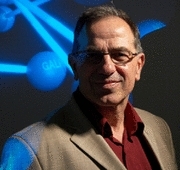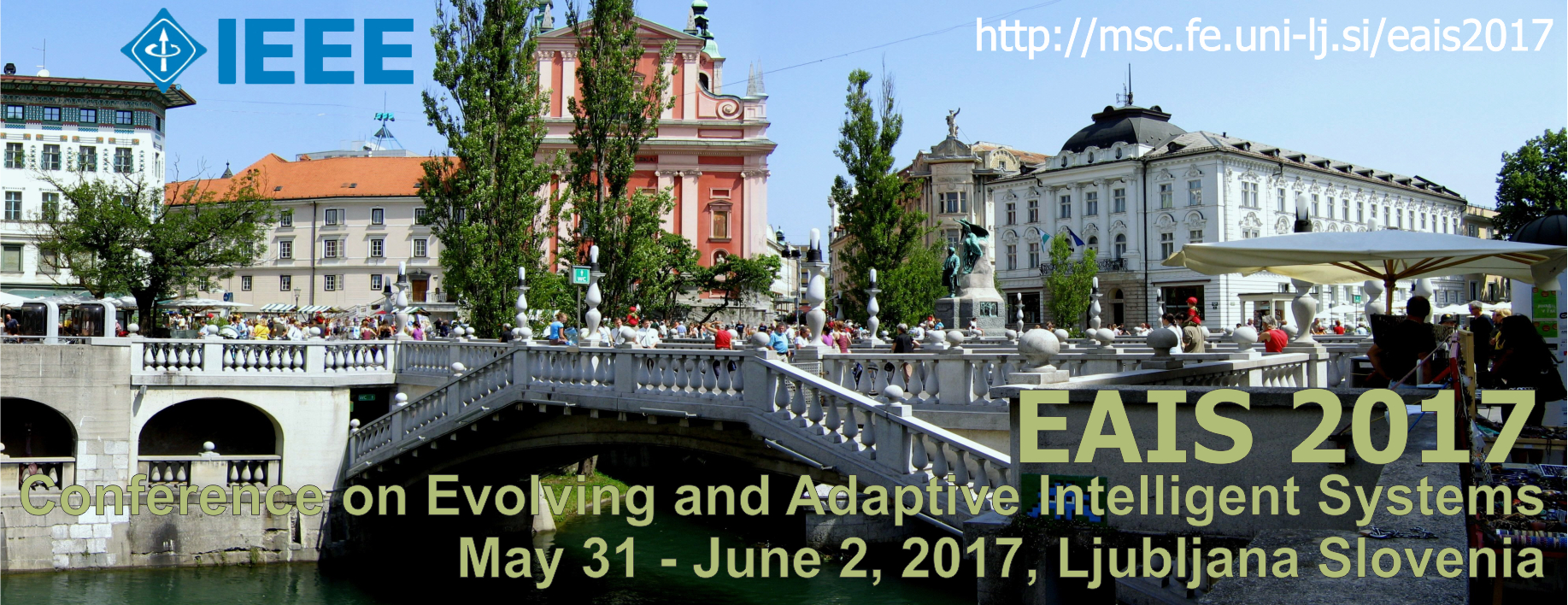Nikola Kasabov
Spiking Neural Networks and Evolving Spatio-Temporal Data
Email: nkasabov@aut.ac.nz
http://www.kedri.aut.ac.nz

The current development of the third generation of artificial neural networks - the spiking neural networks (SNN) along with the technological development of highly parallel neuromorphic hardware systems of millions of artificial spiking neurons as processing elements, makes it possible to model complex data in a more efficient, brain-like way [1,2].
The talk presents some principles of learning in SNN. It introduces a recently proposed evolving SNN architecture called NeuCube. NeuCube is a non von Neumann, neuromorphic computational architecture, first proposed for brain data modelling [3,4]. It is a brain-like evolving spatio-temporal data machine that evolves its structure and functionality from streaming temporal or spatio/temporal data in a real time. A NeuCube development system has been created for the development and testing of SNN application systems for temporal or spatio/spectro temporal data applications [5,11]. A version of the NeuCube development system is available from: http://www.kedri.aut.ac.nz/neucube/, along with papers and case study data.
The talk introduces a methodology for the design and implementation of SNN application systems for deep learning, pattern recognition and predictive data modelling on temporal or spatio-/spectro temporal data [5,11]. Such systems have modules for: preliminary data analysis, data encoding into spike sequences, unsupervised learning of temporal or spatio-temporal patterns, classification, regression, prediction, optimisation, visualisation and knowledge discovery. Early and accurate event prediction can be achieved due to the ability of SNN to be trained to spike early, when only a part of a new pattern is presented as input data.
The methodology is illustrated on benchmark problems and data with different characteristics and applications: brain data modelling in neuroinformatics; personalised modelling and event prediction in bioinformatics and neuroinformatics; stroke prediction; brain-computer interfaces; multisensory data analysis and pattern recognition in a real time, such as gas pollution sensors and seismic sensors. The talk discusses implementation of NeuCube based systems on highly parallel neuromorphic hardware platforms [7, 8,9]. Such systems are not only significantly more accurate and faster than traditional machine learning systems, but they lead to a significantly better understanding of the data and the processes that generated it. New directions for the development of SNN systems are pointed towards a further integration of principles from the science areas of computational intelligence, bioinformatics and neuroinformatics and new applications across domain areas [10,11].
References:
- EU Marie Curie EvoSpike Project (Kasabov, Indiveri): http://ncs.ethz.ch/projects/EvoSpike/
- Schliebs, S., Kasabov, N. (2013). Evolving spiking neural network-a survey. Evolving Systems, 4(2), 87-98.
- Kasabov, N. (2014) NeuCube: A Spiking Neural Network Architecture for Mapping, Learning and Understanding of Spatio-Temporal Brain Data, Neural Networks, 52, 62-76.
- Kasabov, N., Dhoble, K., Nuntalid, N., Indiveri, G. (2013). Dynamic evolving spiking neural networks for on-line spatio- and spectro-temporal pattern recognition. Neural Networks, 41, 188-201.
- Kasabov, N. et al (2016) A SNN methodology for the design of evolving spatio-temporal data machines, Neural Networks, 2016.
- Kasabov, N., et al. (2014). Evolving Spiking Neural Networks for Personalised Modelling of Spatio-Temporal Data and Early Prediction of Events: A Case Study on Stroke. Neurocomputing, 2014.
- Furber, S. et al (2012) Overview of the SpiNNaker system architecture, IEEE Trans. Computers, 99.
- Indiveri, G., Horiuchi, T.K. (2011) Frontiers in neuromorphic engineering, Frontiers in Neuroscience, 5, 2011.
- Scott, N., N. Kasabov, G. Indiveri (2013) NeuCube Neuromorphic Framework for Spatio-Temporal Brain Data and Its Python Implementation, Proc. ICONIP 2013, Springer LNCS, 8228, pp.78-84.
- Kasabov, N. (ed) (2014) The Springer Handbook of Bio- and Neuroinformatics, Springer.
- Kasabov, N (2016/2017) Spiking Neural Networks and Spatio-Temporal Data Machines, Springer.
Short bio:
Professor Nikola Kasabov is Fellow of IEEE, Fellow of the Royal Society of New Zealand, DVF of the Royal Academy of Engineering and the Scottish Infortmatics and Computing Association. He is the Director of the Knowledge Engineering and Discovery Research Institute (KEDRI), Auckland and Professor at the School of Engineering, Computing and Mathematical Sciences at Auckland University of Technology. Kasabov is a Past President and Governor Board member of the International Neural Network Society (INNS) and also of the Asia Pacific Neural Network Society (APNNS). He is a member of several technical committees of IEEE Computational Intelligence Society and a Distinguished Lecturer of the IEEE CIS (2012-2014). He is a Co-Editor-in-Chief of the Springer journal Evolving Systems and serves as Associate Editor of Neural Networks, IEEE TrNN, -Tr CDS, -TrFS, Information Science, Applied Soft Computing and other journals. Kasabov holds MSc and PhD from the TU Sofia, Bulgaria. His main research interests are in the areas of neural networks, intelligent information systems, soft computing, bioinformatics, neuroinformatics. He has published more than 600 publications that include 15 books, 180 journal papers, 80 book chapters, 28 patents and numerous conference papers. His work has been sited more than 10,000 times, with an H-factor of 45. He has extensive academic experience at various academic and research organisations in Europe and Asia, including: TU Sofia, University of Essex UK, University of Otago, Advisor Professor at the Shanghai Jiao Tong University, Visiting Professor at ETH/University of Zurich. Prof. Kasabov has received a number of awards, among them: the APNNA ‘Outstanding Achievements Award’; the INNS Gabor Award for ‘Outstanding contributions to engineering applications of neural networks’; the EU Marie Curie Fellowship; the Bayer Science Innovation Award; the APNNA Excellent Service Award; the RSNZ Science and Technology Medal, and others. He has supervised to completion 38 PhD students. More information of Prof. Kasabov can be found on the KEDRI web site: http://www.kedri.aut.ac.nz.


